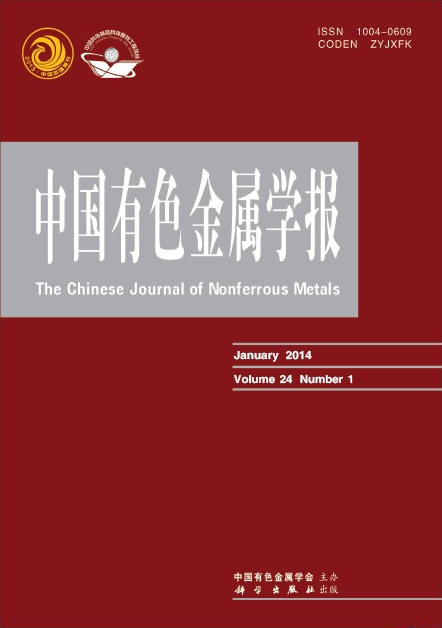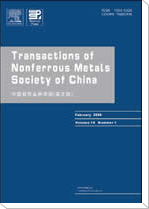中国有色金属学报(英文版)
Transactions of Nonferrous Metals Society of China
| Vol. 35 No. 8 August 2025 |
(1. Key Laboratory of Advanced Forging & Stamping Technology and Science, Ministry of Education,
School of Mechanical Engineering, Yanshan University, Qinhuangdao 066004, China;
2. State Key Laboratory of Metastable Materials Science and Technology, Yanshan University,
Qinhuangdao 066004, China)
Abstract:The superplasticity of the Mg-8.59Gd-3.85Y-1.14Zn-0.49Zr alloy was investigated before and after multi-directional forging (MDF) and the mechanisms affecting superplastic deformation were analyzed. The results indicate that after MDF at a temperature of 350 °C and strain rates of 0.1 and 0.01 s-1 (1-MDFed and 2-MDFed), the superplasticity of the alloy can be significantly improved. The elongations of the MDFed alloys exceed 400% under the strain rate of 6.06×10-4 s-1 and temperatures of 350, 375, and 400 °C, and reach the maximum values of 766% (1-MDFed) and 693% (2-MDFed) at 375 °C. The grain boundary sliding of the MDFed alloy is sufficient, and the energy barrier of deformation decreases. The β phase limits the grain growth and promotes dynamic recrystallization, maintaining the stability of the fine-grained structure during superplastic deformation. Several Y-rich phases nucleate in the high-strain region (i.e., the final fracture region) at high temperatures, accelerating the fracture of the specimen.
Key words: Mg-Gd-Y-Zn-Zr; superplasticity; multi-directional forging; fracture morphology; Y-rich phase


